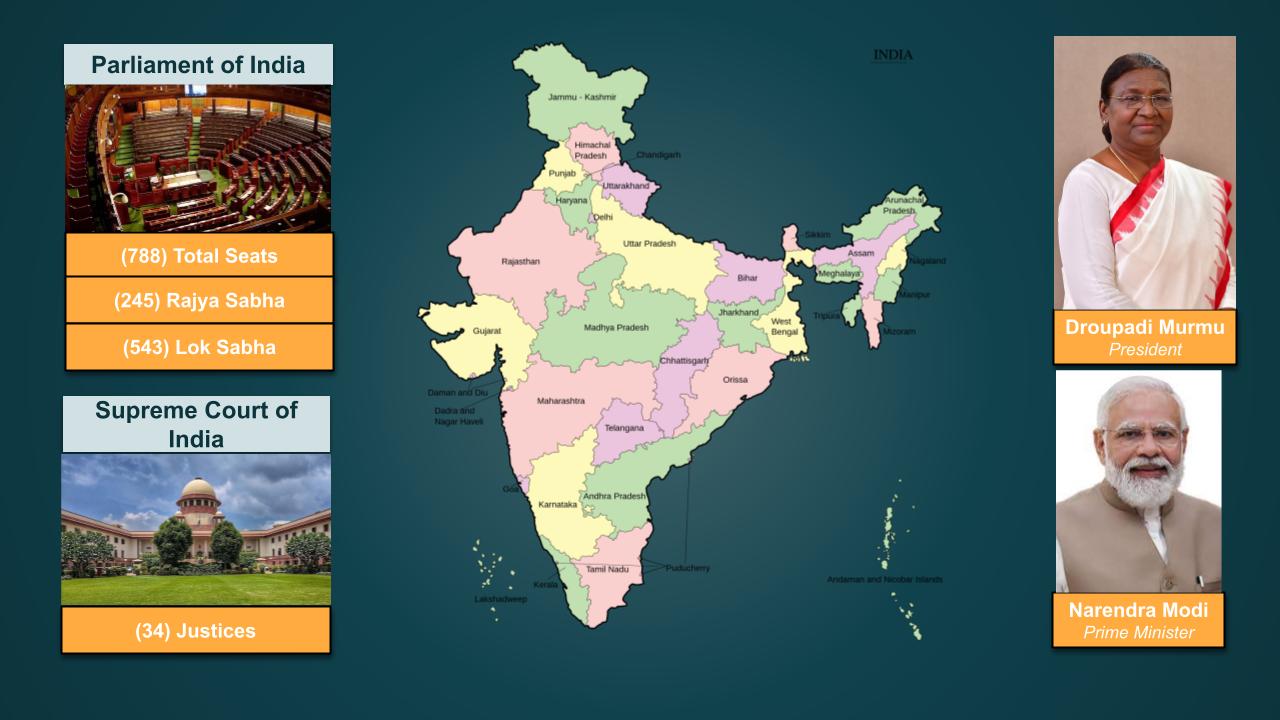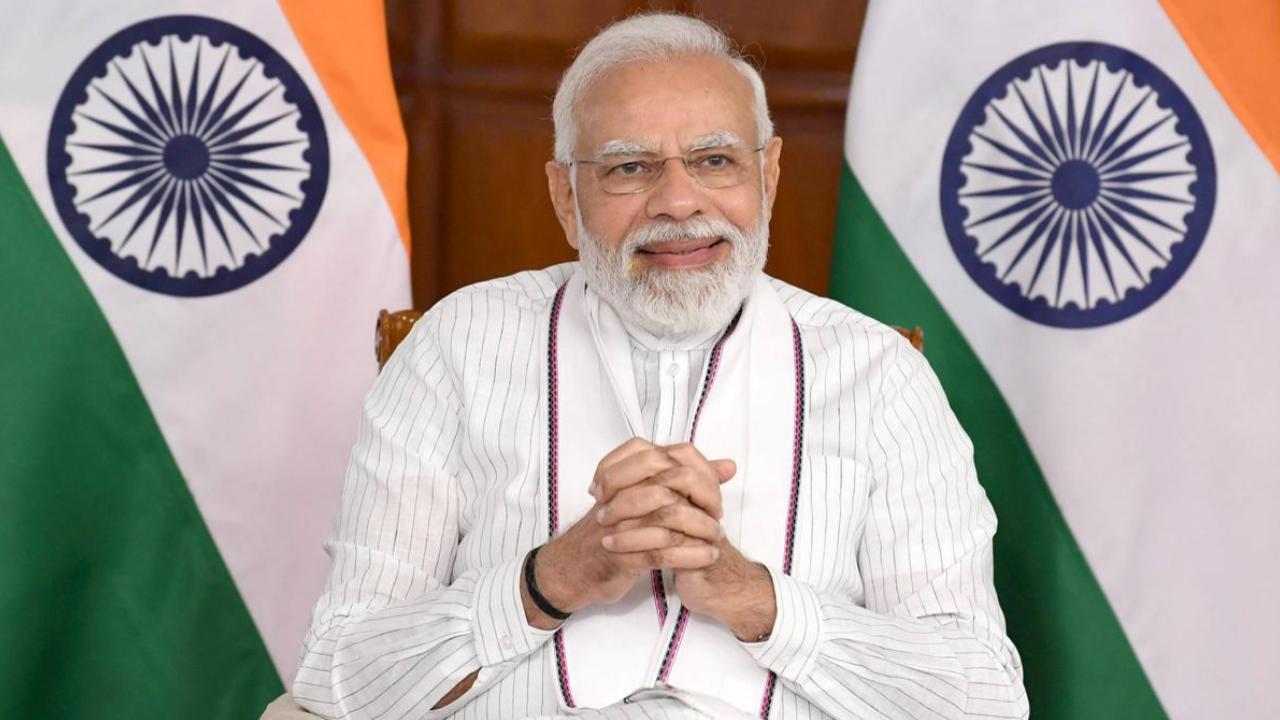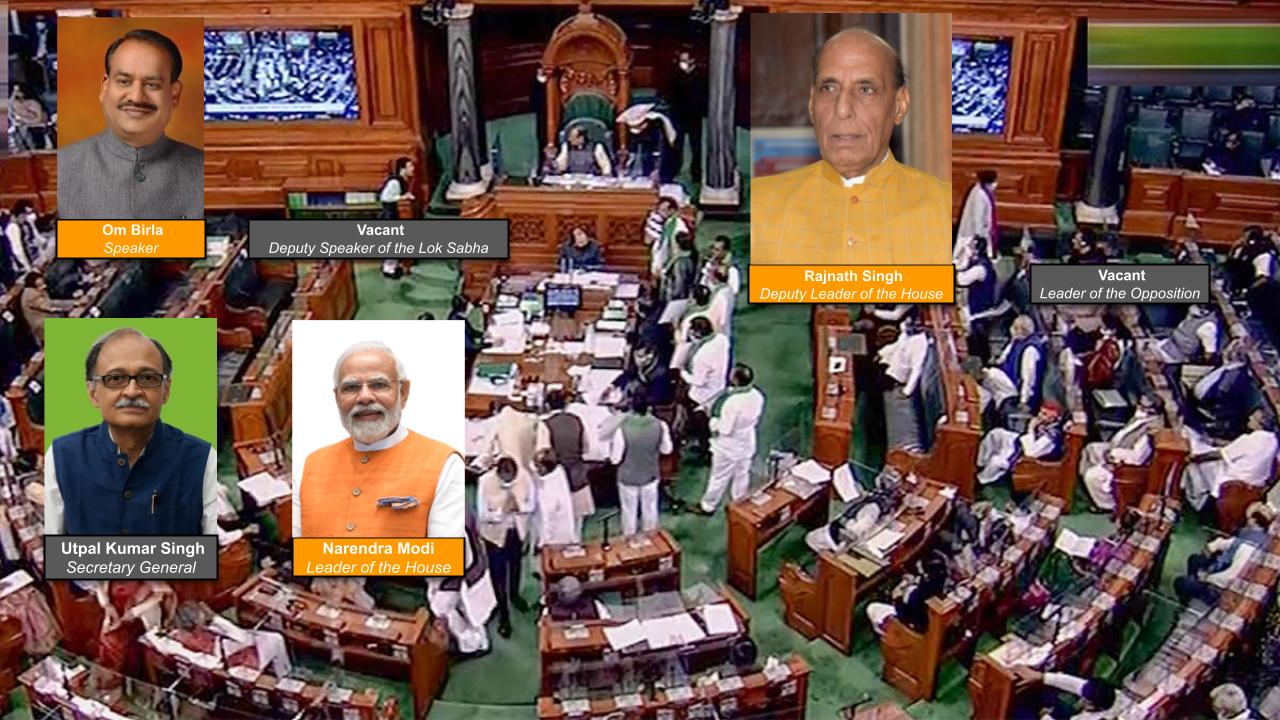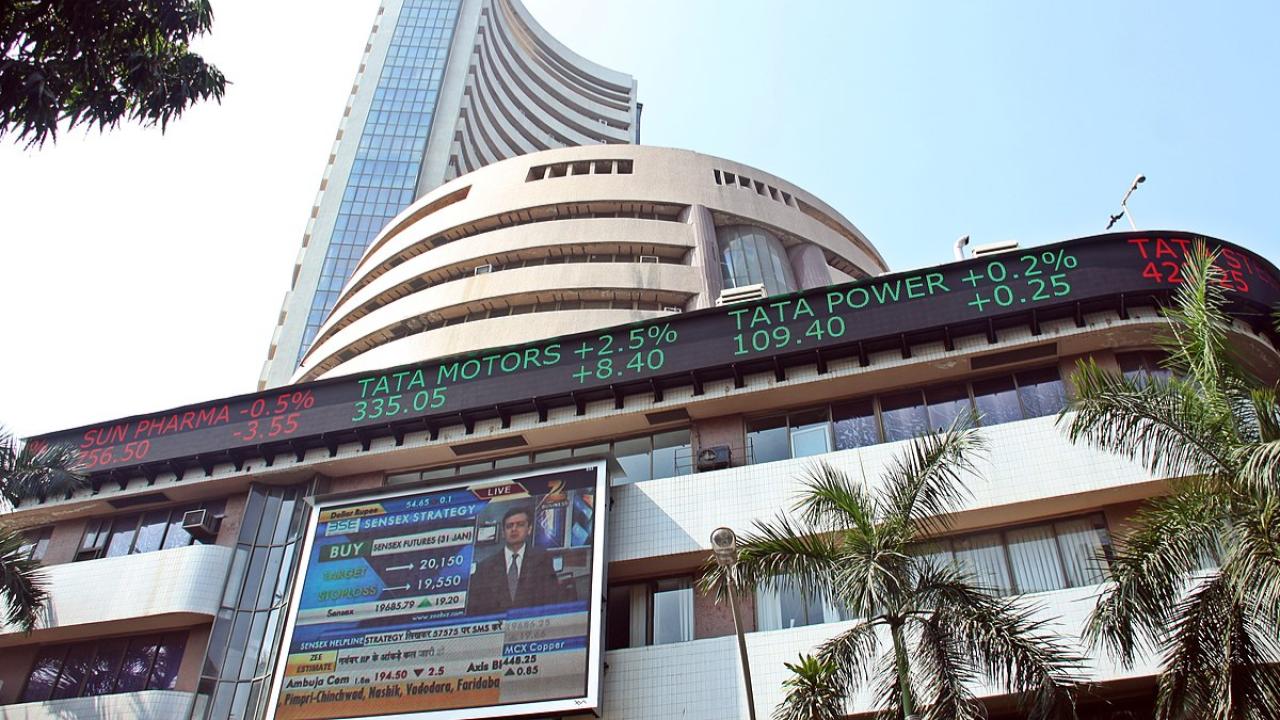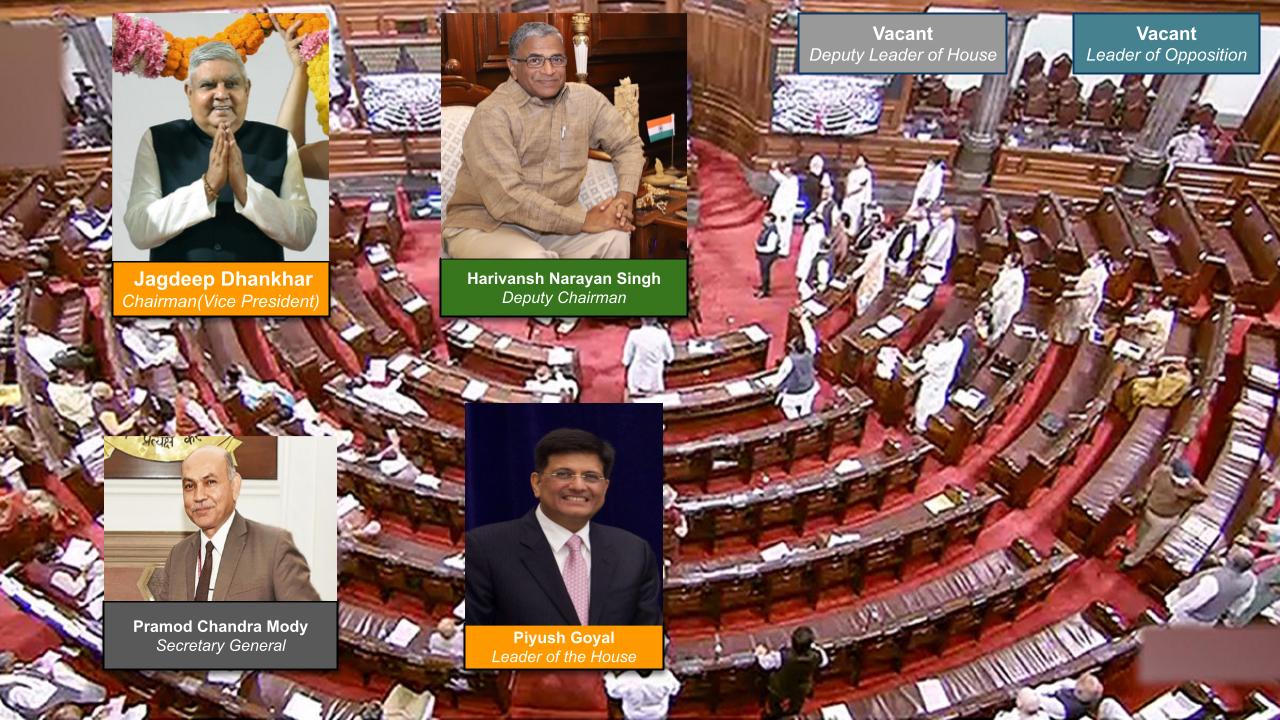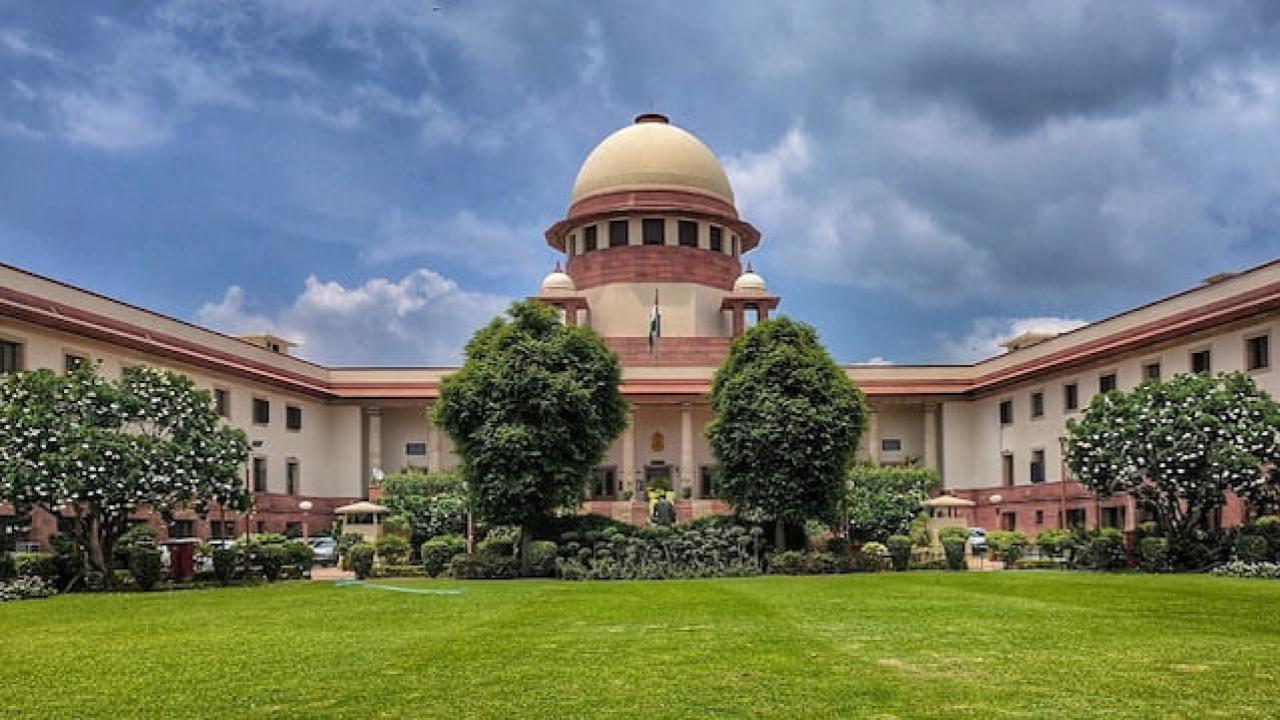The Rajya Sabha, constitutionally the Council of States, is the upper house of the bicameral Parliament of India. As of 2022, it has a maximum membership of 245, of which 233 are elected by the legislatures of the states and union territories using single transferable votes through open ballots, while the president can appoint 12 members for their contributions to art, literature, science, and social services. The potential seating capacity of the Rajya Sabha is 245 (233 elected, 12 appointed), according to article 80 of the Indian Constitution. Members sit for staggered terms lasting six years, with about a third of the 238 designates up for election every two years, in even-numbered years. Unlike the Lok Sabha, the Rajya Sabha is a continuing chamber and hence not subject to dissolution. However, the Rajya Sabha, like the Lok Sabha, can be prorogued by the president.
The Rajya Sabha has equal footing in legislation with the Lok Sabha, except in the area of supply, where the latter has overriding powers. In the case of conflicting legislation, a joint sitting of the two houses can be held, where the Lok Sabha would hold a greater influence because of its larger membership. The vice president of India (currently, Jagdeep Dhankhar) is the ex-officio chairman of the Rajya Sabha, who presides over its sessions. The deputy chairman, who is elected from amongst the house’s members, takes care of the day-to-day matters of the house in the absence of the chairman. The Rajya Sabha held its first sitting on 13 May 1952.
The Rajya Sabha meets in the eponymous chamber in Parliament House in New Delhi. Since 18 July 2018, the Rajya Sabha has the facility for simultaneous interpretation in all the 22 scheduled languages of India.

